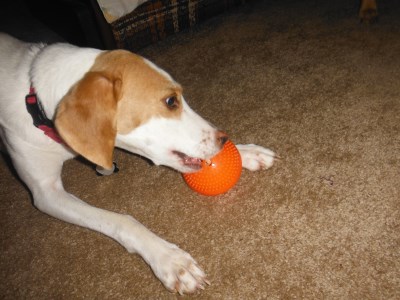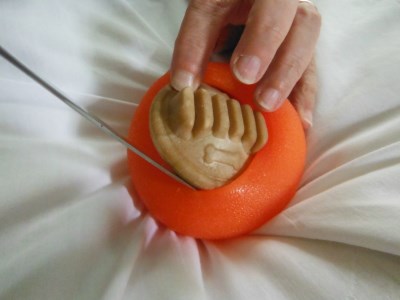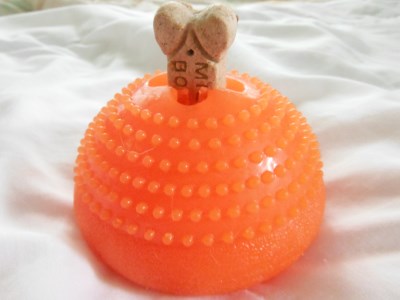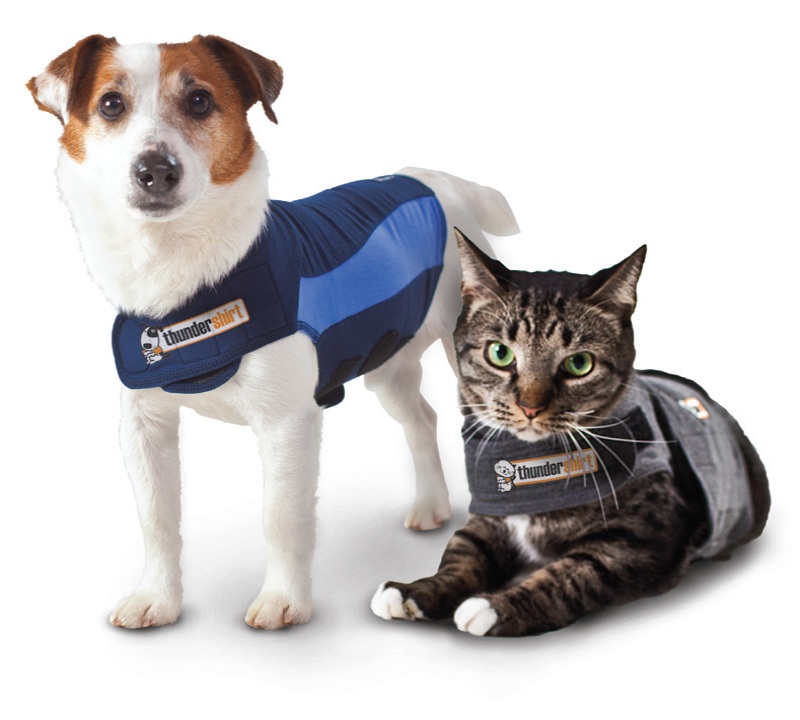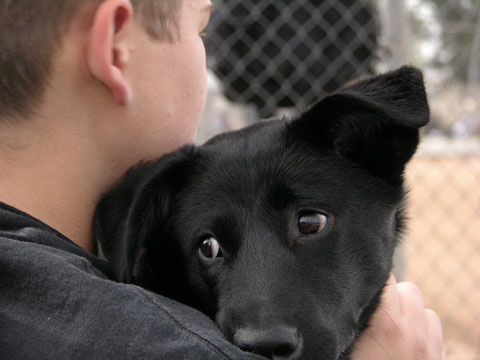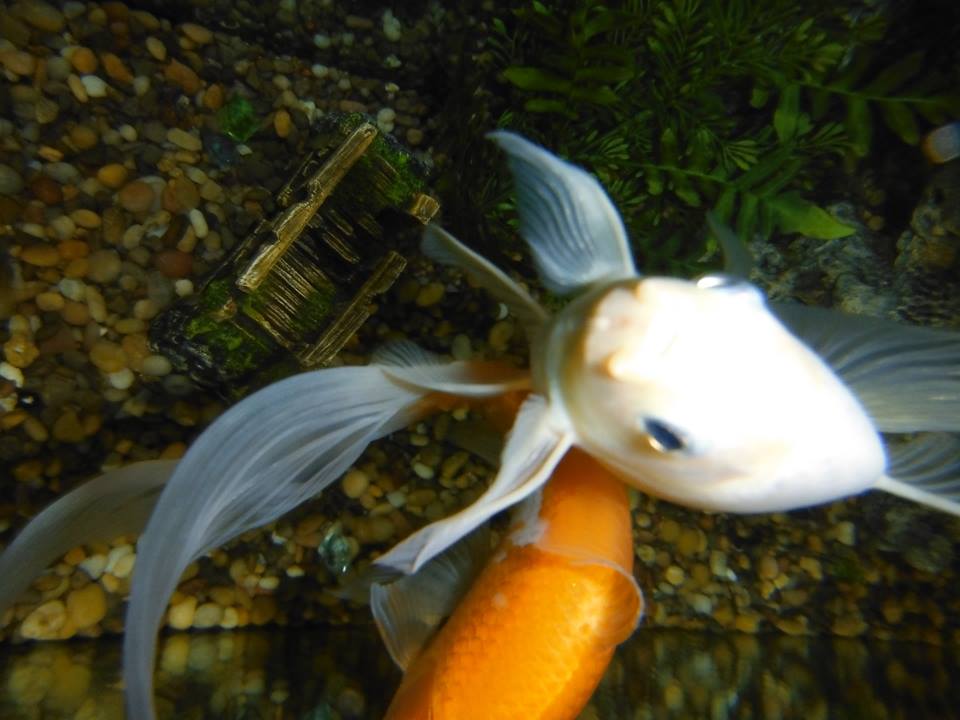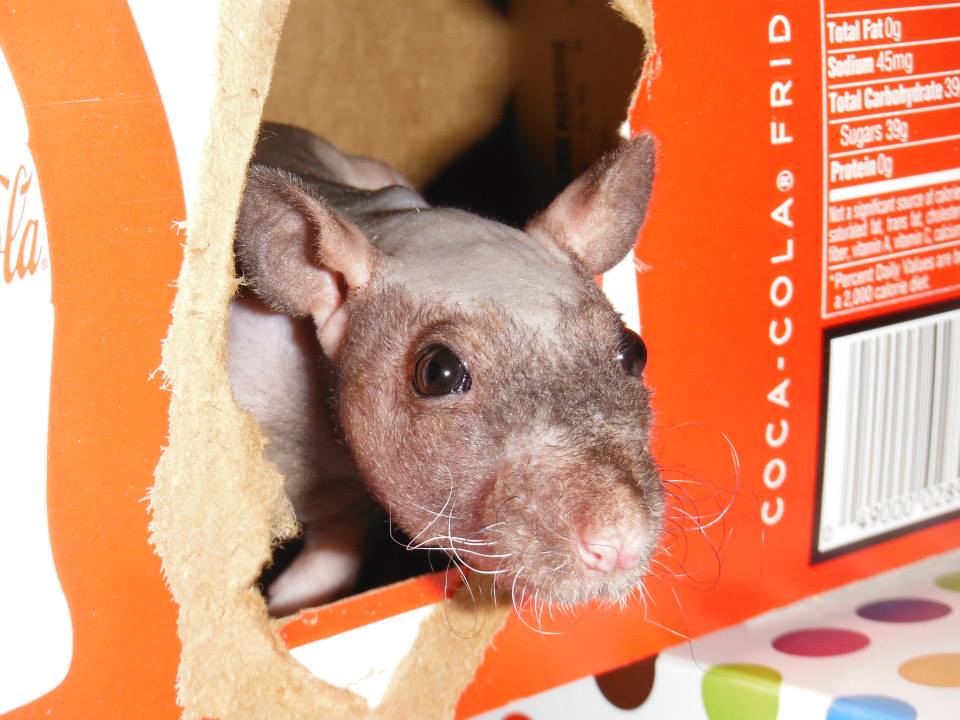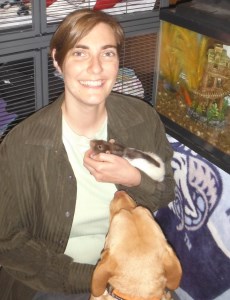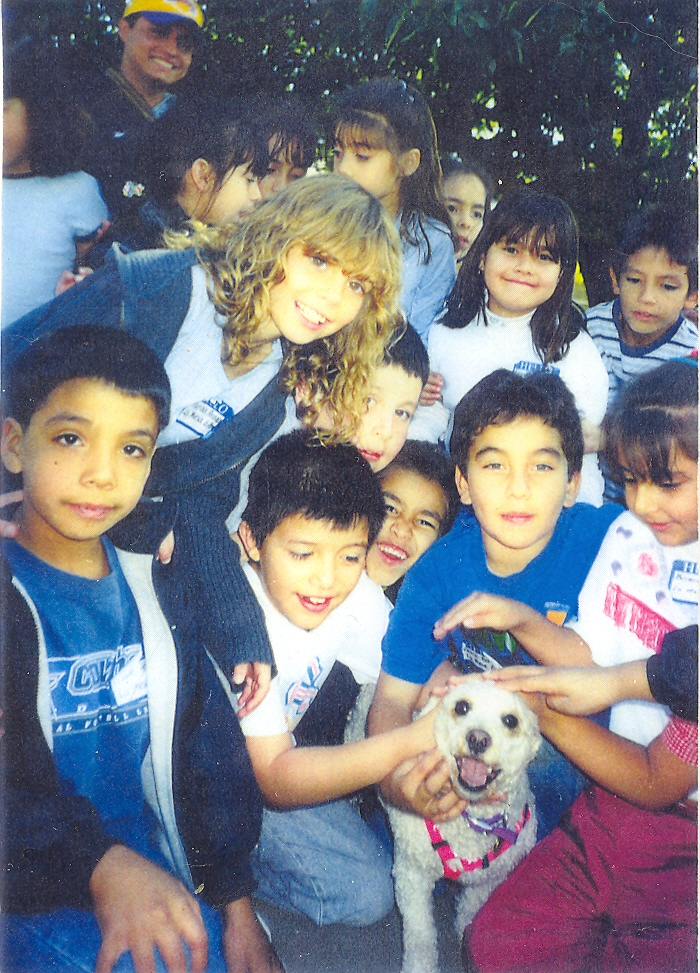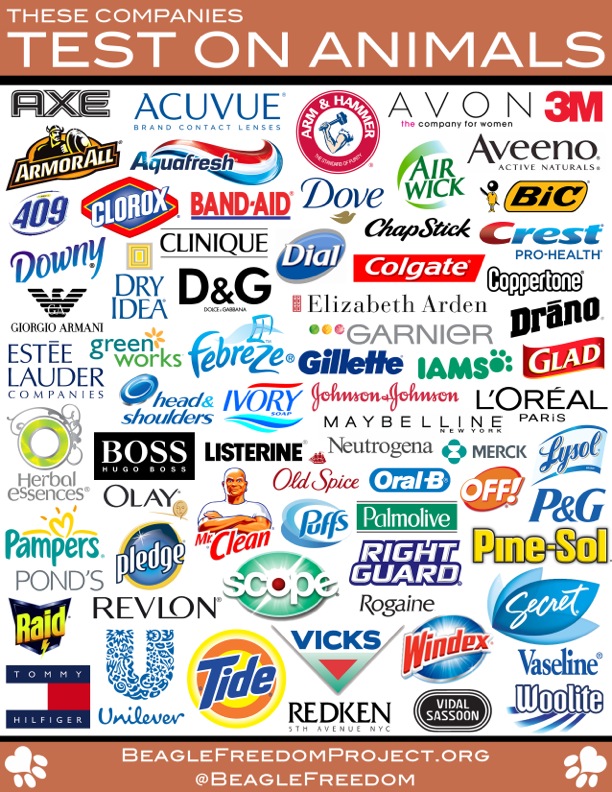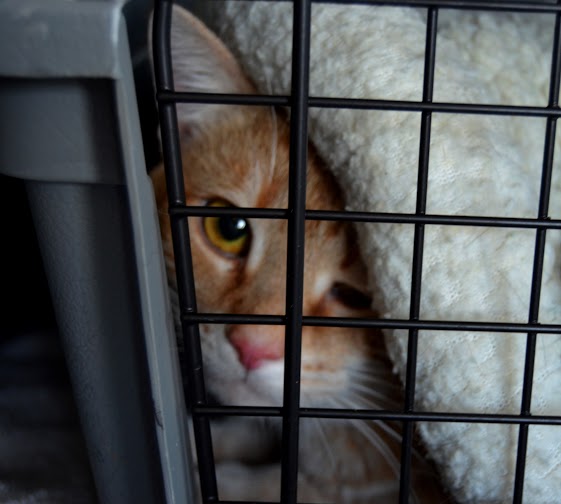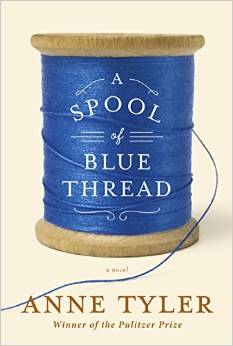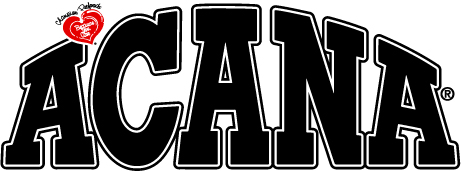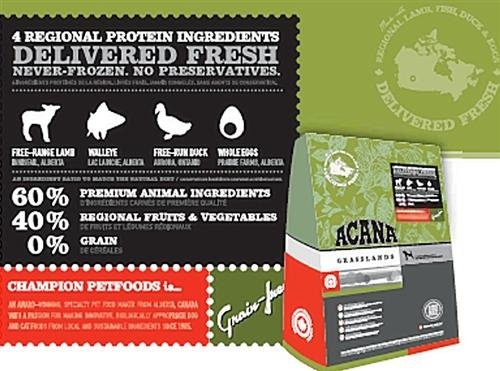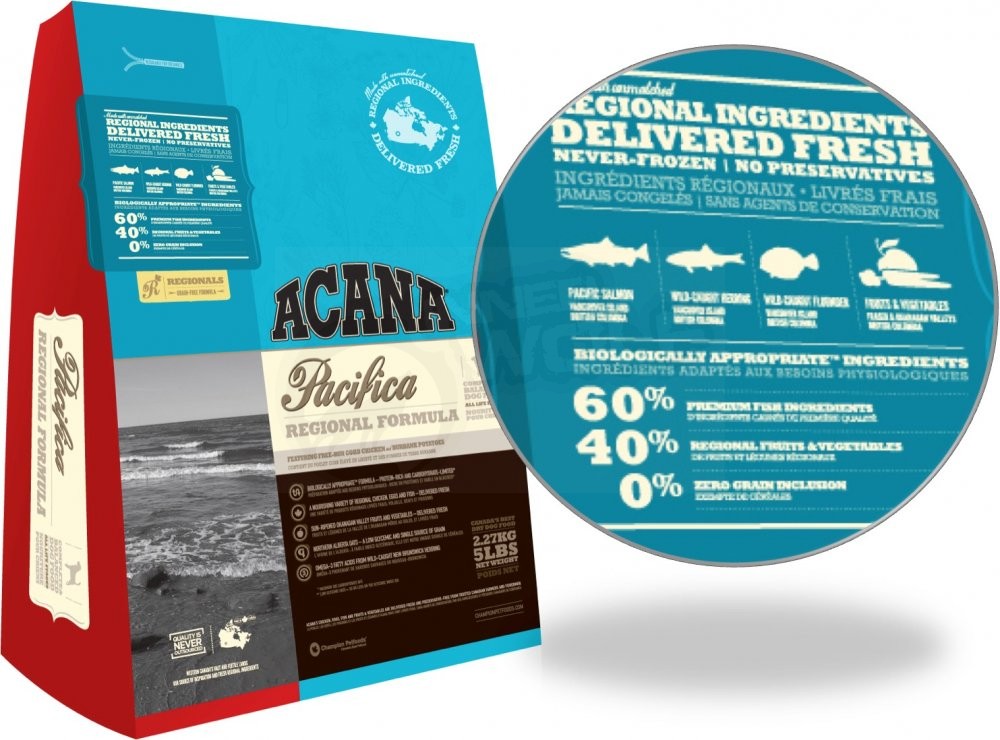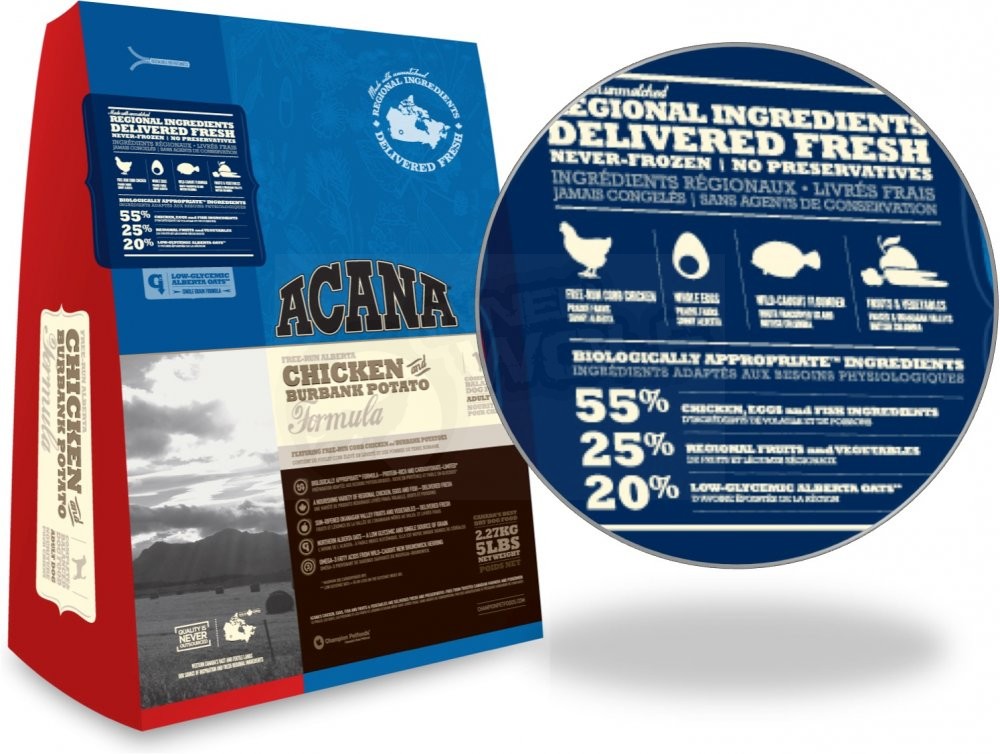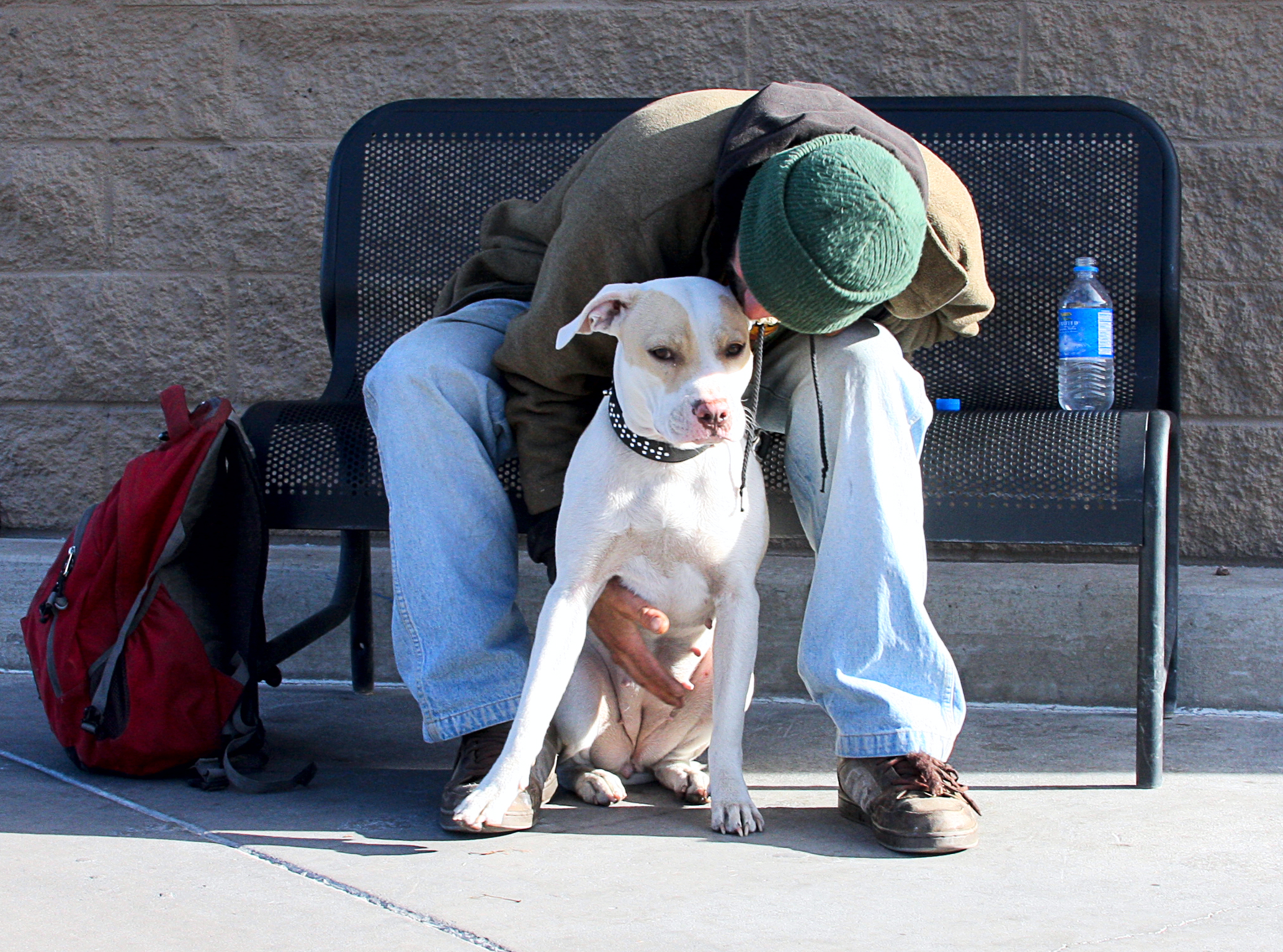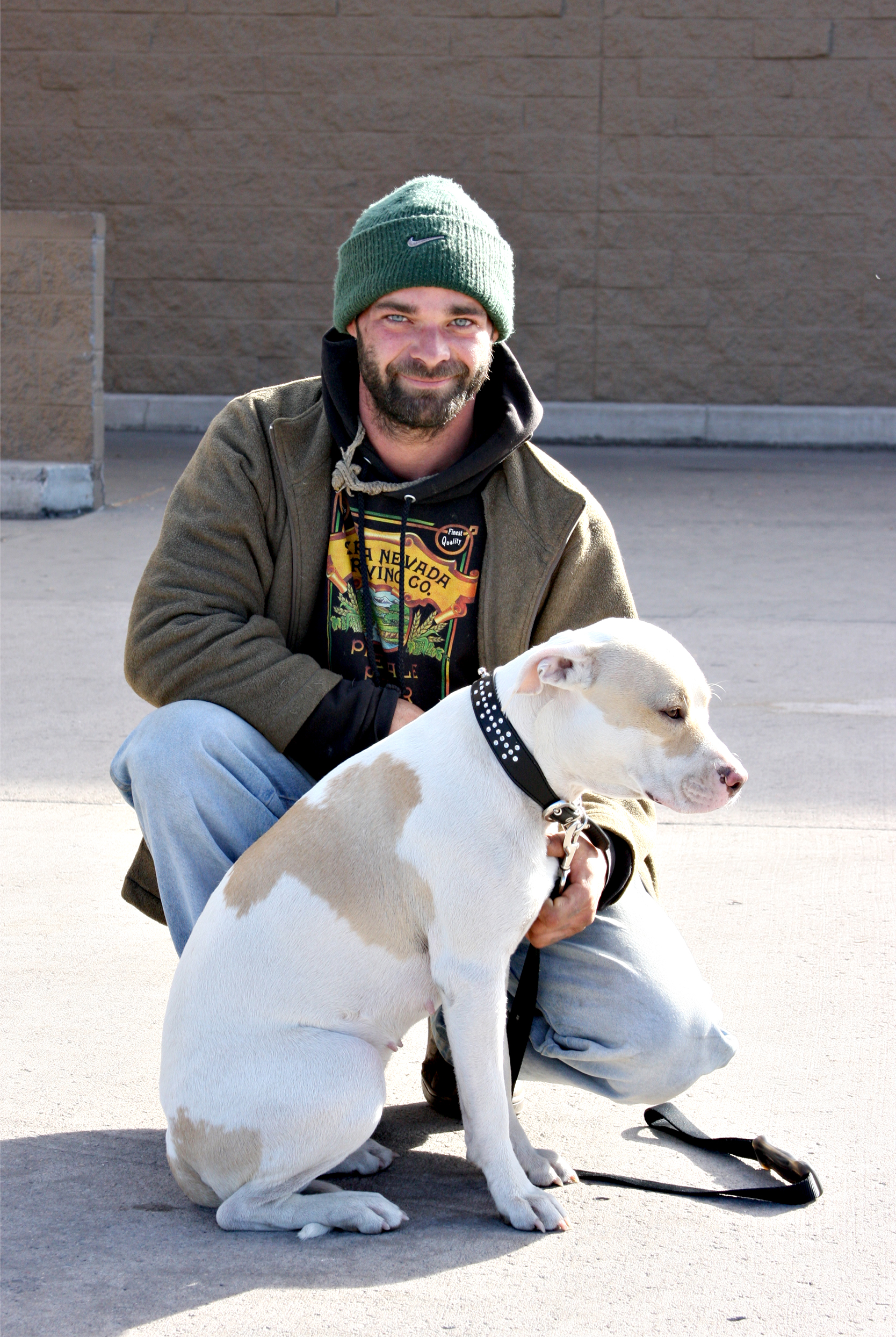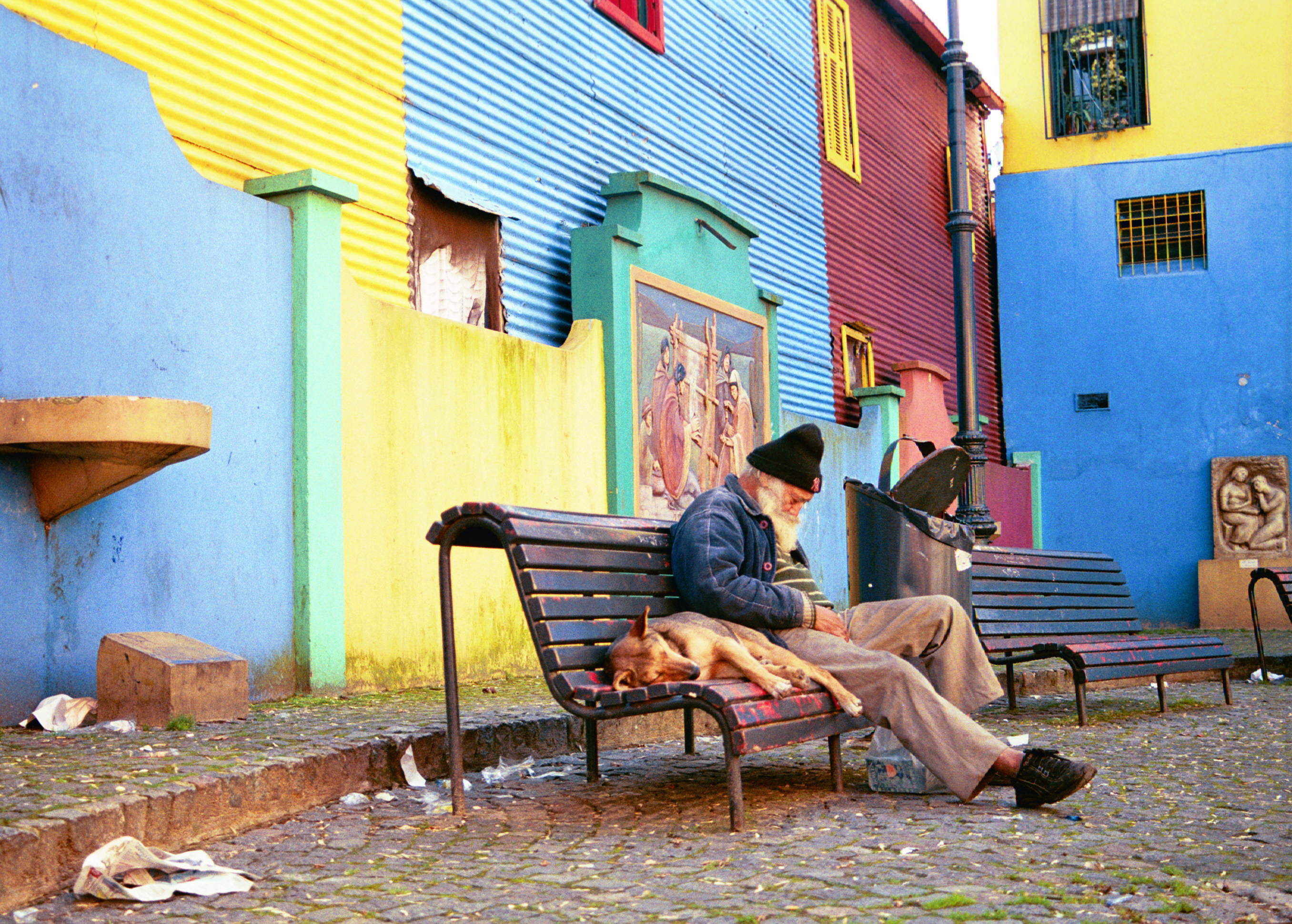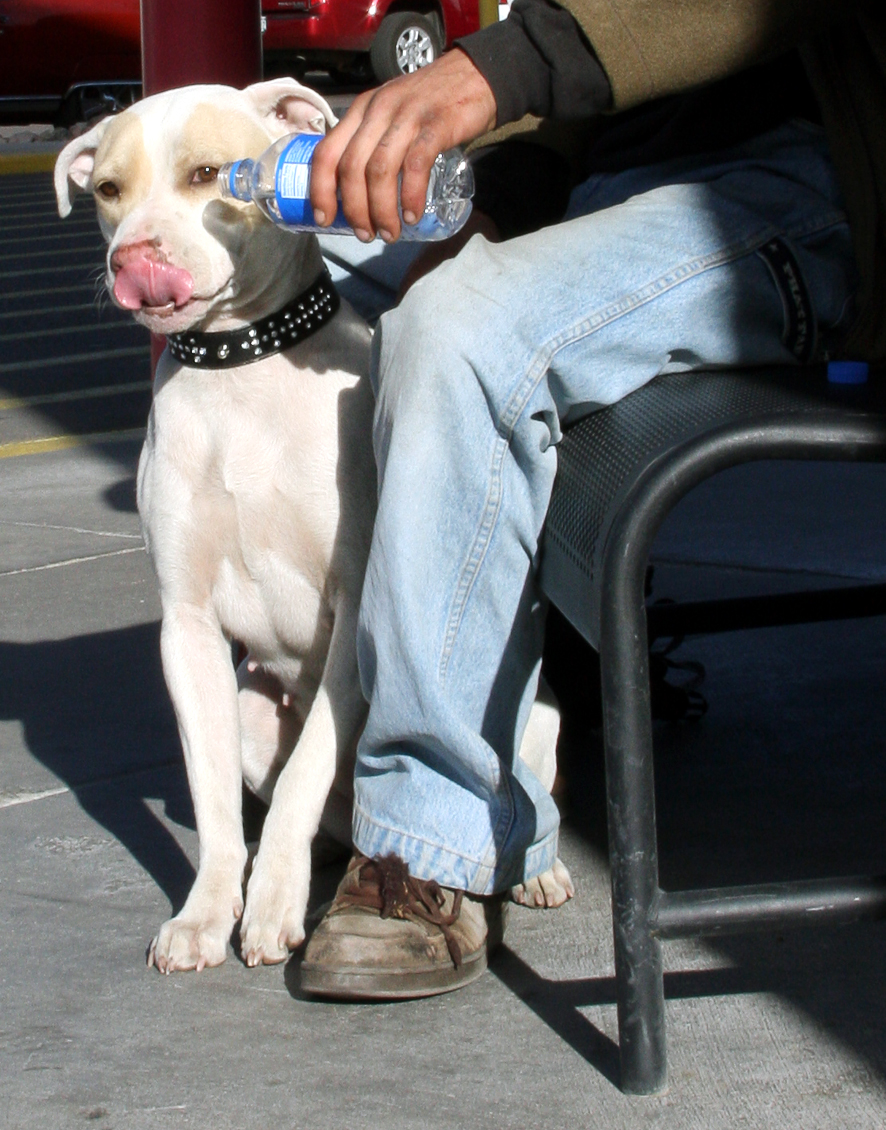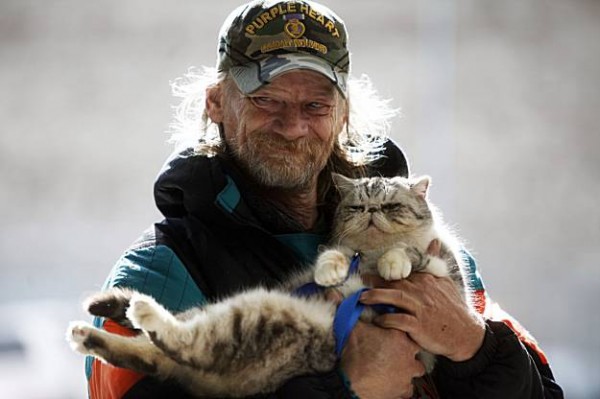When you have a dog who displays a fear of the typical dog toys it is difficult to find something that is durable and engaging. Sahara, our oldest dog, was a rescue and we did all of the things you do when you rescue a new animal, including purchasing new dog toys. We can only guess at the type of environment we saved her from, because she was terrified of everything we gave her. Simply picking up a dog toy would send her cowering into the next room, trembling as she desperately sought a place to hide. Just getting her to chew on a rope toy on the ground took months and having her chase sticks took even longer. We always wanted to get her a busy ball of sorts, something that would dispense treats and keep her engaged when we were at work and unable to provide interactive stimulation. Nothing we tried ever worked and all of Sahara’s brand new toys ended up going to our neighbor’s dog when he came for a visit.
We recently got another dog to be a companion for Sahara. It took a lot of looking and a lot of work to find just the right companion for her. We needed a younger dog that she could care for (Sahara had puppies before she came to us and her mothering instincts are VERY strong – I’m sure you will hear more on that in some other post) but we also wanted the dog to be old enough to show Sahara how to “be a dog.” In the end, we got Brinly, who is energetic and only two years younger, but became the perfect fit. Soon Brinly had Sahara running at dog parks and regularly playing with rope chew toys. The key there is the word “rope.” Brinly came to us unwilling to play with anything that wasn’t soft, so again we had a dilemma. Neither of our dogs would have anything to do with hard chew toys or treat dispensers. It was a very frustrating situation.
What Is BentoBall?
Enter the BentoBall! While standing around in the pet store one day, it happened to catch my eye. This was a treat dispensing, chewable toy that would help clean their teeth and keep them entertained… if only we could get them to use it! The surface looked softer than your typical rubber toy and I wondered if that would make a difference. Hoping for the best we purchased one ball for the two of them to share, mostly because we had been down the road of giving away all the toys before and we wanted to go the way of caution this time. As it turned out we had to go back the next day to get a second one.
The girls loved playing with this thing! Brinly went at it right away because it was a softer, chewable material that had some give to it. Sahara watched Brinly for a good hour or so, then cautiously took a turn for herself. The rest, as they say, is history.
So what is it about this ball that is so appealing? I’ll start from the dog’s point of view, which is that this bright, bouncy ball has a large “everlasting” treat at its core. These treats are easy to replace and refills are easy to get your hands on. While the one side of the ball holds this large treat, the other side has a hollow pocket, which you can fill with any kind of munchies that your dog loves, making it stimulating in two ways. A dog can either work at having the ball dispense their favorite treat OR they can lick and chew at the large “everlasting” side. The dispensing side has a customizable hole, which allows you to snip off parts of the opening to make it larger in order accommodate the treats of your choice. We decided not to customize this opening and left it as it was, which seems to work just fine for bits of cookie, since I have to keep filling it.
From a human’s point of view, the ball is free of latex, vinyl and phthalates, the textured surface helps to clean teeth and the ball itself is dishwasher safe. The “indestructible” material this ball is made out of certainly seems to be just that, but without being hard or harsh. Our best chewer has worked on it for a month straight and it looks brand new. When it comes to describing the feel of the material, it is easiest to describe it as a sort of stiff gummy bear; it is soft enough to have some give, but hard enough that it doesn’t rip. The large chew treat is wheat free and the ridged texture also provides some dental health benefits. Most importantly, this ball provides hours of fun for dogs like Brinly, who are very high energy or have nervous behaviors. Want more benefits on the human side? This product is made in the USA.
Now, you’ve fallen in love with this product based on what I’ve told you, how do you use it? That part is easy, since it comes with one chicken flavored dental treat already inserted in the ball. All your dog needs you to do is open the package. From that point on they can happily chew away on the dental treat. If you want to mix things up a little bit, or if you need to encourage your dog to play with the ball, you just stick a cookie or favorite treat out of the dispenser side. This is what we had to do with our dogs. I put a whole cookie in the dispensing hole, making sure that it stuck out halfway, to make it obvious. Once Sahara and Brinly discovered this strange thing gave them their favorite treats, it was virtually impossible to get them to stop playing with it. Constant use also meant that the dental treat needed to be replaced the next day, which brings me to say that when you get one of these balls, you should go ahead and get the refills while you are at it, because while the dental treats do last a long time, that first day or two really wears them out faster due to your dog’s fascination with their newness.
Replacing the dental chew is easy; you simply get the edge of the treat wet just a tiny bit and insert it into the large opening. While the toy is stretchy, there is a little bit of elbow grease involved if you want to just push the treat in. I would personally recommend using a knife or some other thin tool to help you insert the chew. We found that sliding the knife around the rim of the opening helped pry the rubber with much less effort. Once you have the treat in, the packaging recommends that you let it dry before you give the toy to your dog, but otherwise, you are done. It really couldn’t be much simpler.
Overall, I can’t say how happy we are with this product. It has given our most fearful dog the confidence to enjoy play and it has given our most active dog an outlet for that activity. Though we have had it for only a month now, I can safely say that even with the dogs chewing on empty balls, there are no marks of wear and I have no reason to believe they will rip easily. Treats of all varieties fit inside the dispensing compartment and the large dental chew isn’t too much trouble to get in, but provides hours of pleasure for the dogs and is certainly not easy for them to get out. Keeping the balls clean is easy, since they are dishwasher safe. I highly recommend this toy for active or timid dogs everywhere.
Final Scoop On the BentoBall
Pros:
Sturdy construction
Long lasting treat
Cleans teeth and keeps dogs engaged
Dishwasher safe
Cons:
People with lower hand strength or a disability affecting their hand/coordination may need someone to help them put the dental chew in the toy.
I am Sahara, and I approve this message.




